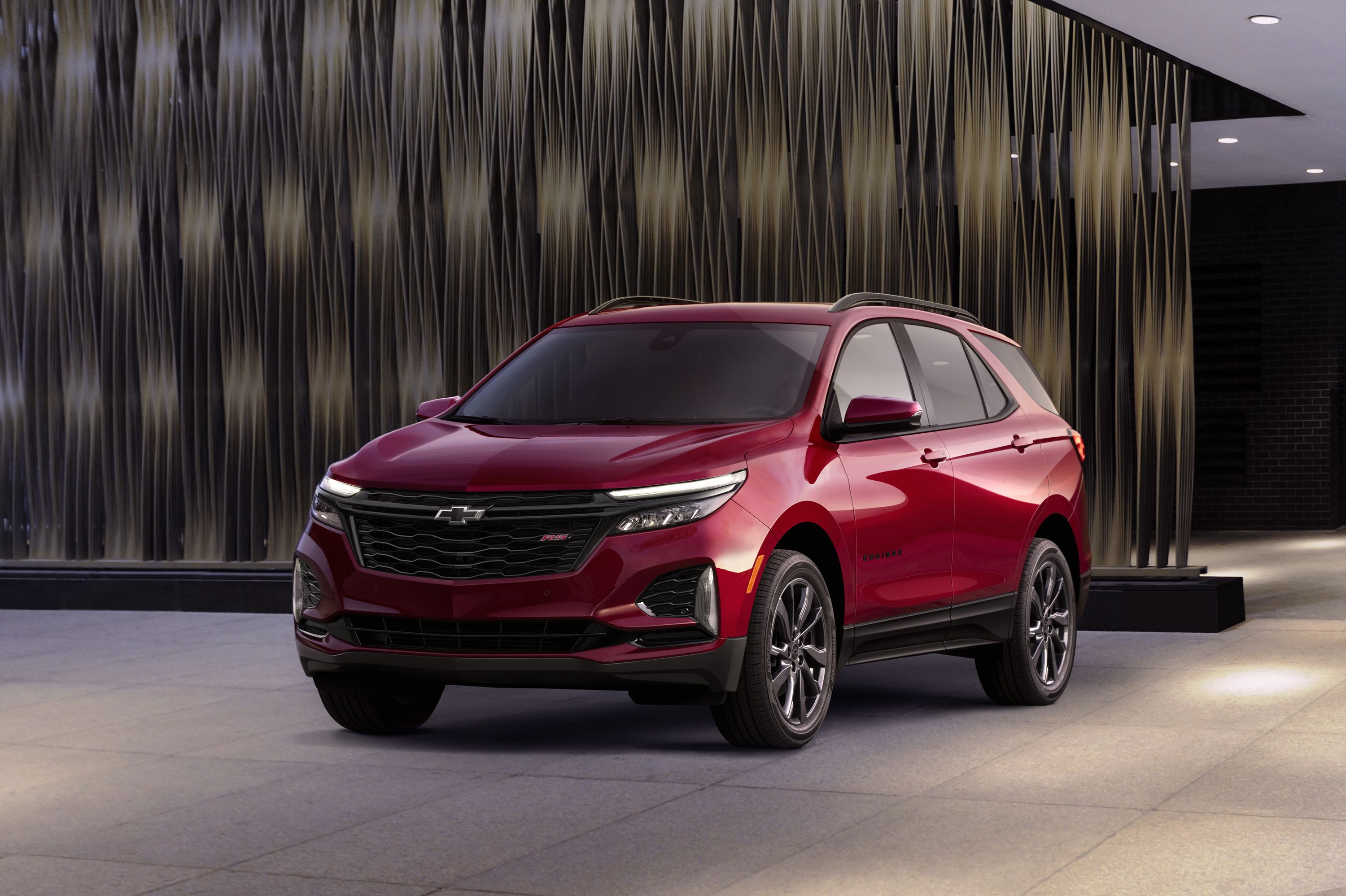
Automakers are struggling to keep plants open and meet the demand for new cars as the pandemic continues to be problematic, in addition to the massive semiconductor chip shortage that's affecting everyone from General Motors - which is parking its pickups in parking lots waiting for chips - to Toyota. But there's one industry still raking in the dough: the manufacturers that supply the robots building electric vehicles.
Reuters reports that new orders have surged from their April 2020 lows of $368.1 million, all the way to $506 million in new orders in June. Purchases jumped sharply after April to July, before continuing a more gradual increase to today.
"I'm not sure it's reached its climax yet. There's still more to go," said Andrew Lloyd, electromobility segment leader at Stellantis-owned supplier Comau, said in an interview. "Over the next 18 to 24 months, there's going to be a significant demand coming our way."
And that's in addition to the normal work those suppliers do for gasoline-engine vehicles. According to LMC Automotive, automakers will have invested more than $37 billion in North American plants between 2019 and 2025. Most of those plants will be built in the US, and 77% of that will be spent on EVs and SUVs. In total, automakers have signed agreements for suppliers to build 37 new EVs by 2023, according to industry consultant Laurie Harbour.
"This industry is the Wild, Wild West right now," John Kacsur, vice president of the automotive and tire segment for Rockwell Automation, told Reuters. "There is a mad race to get these new EV variants to market."
Some suppliers, like Kuka, are building vans for GM in Michigan before the automaker replaces all its equipment at its Ingersoll, Ontario plant. That Canadian site was responsible for many SUVs including the Chevy Equinox and eventually the BrightDrop EV600. The key here is the wait. Most of the time automakers need to order robots and other equipment 18 months ahead of time. And that requires planning. And that has been extra difficult this last year, for a multitude of reasons.
One thing is for sure, for every reaction, there's an equal and opposite reaction. And that means that there will be just as many winners as losers in this chip shortage, pandemic-affected industry. Hopefully consumers are on the right side.
